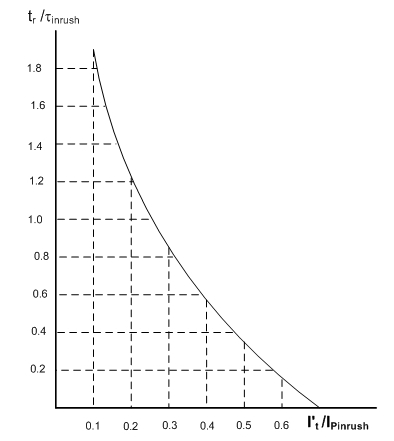Energy Consevation
Energy conservation refers to efforts made to reduce energy consumption. Energy conservation can be achieved through increased efficient energy use, in conjunction with decreased energy consumption and/or reduced consumption from conventional energy sources. Energy conservation can result in increased financial capital, environmental quality, national security, personal security, and human comfort. Individuals and organizations that are direct consumers of energy choose to conserve energy to reduce energy costs and promote economic security. Industrial and commercial users can increase energy use efficiency to maximize profit.
“Energy conservation is start from individual involvement.” So here are some tips to save energy in our day to day life.
Conservation in Lighting
Don’t leave lights on when no one is in the room. If you are going to be out of the room for more than five minutes, turn off the light.
Where possible, use compact fluorescent light bulbs. Those funny-looking bulbs produce the same amount of light by using 1/4 of the electricity. Plus, they last for years and years without burning out.
Replace flickering, dim and burned-out lamps
Keep light fixtures clean – a cleaner bulb is a brighter bulb
Lower overall energy demand by concentrating bright light where you need it rather than evenly lighting the entire room – this is called ‘task lighting’
Lower the height of light fixtures if possible to increase usable light.
Replace burned out lamps with lower wattage lamps or energy-saving lamps wherever possible.
Install more efficient security and parking lot lighting. High-pressure sodium fixtures are more efficient than metal halide, mercury vapor, fluorescent or incandescent fixtures.
Install time clocks or photoelectric cells to control exterior lighting, advertising sign lighting and some interior lighting.
Paint dark walls and ceilings with lighter colors to maximize the effect of existing light sources.
Maximize natural lighting by installing skylights or windows.
Install dimmer or occupancy switches where appropriate to lower energy use such as in stairwells, copy rooms, restrooms.
Implement a group re-lamping schedule, and re-lamp at 70% of rated lamp life. Lamps that run longer than 70% of their rated life actually cost more in terms of energy use.
Trim bushes and trees away from outdoor lighting to maximize illumination and prevent shadows.
Energy Conservation at Home
Keep refrigerators and freezers out of direct sunlight, and allow at least 5 centimeters all around (or as recommended by the manufacturer) to allow heat to escape from the compressor and condensing coil.
Clean your refrigerator’s coils (back) and air intake grill (below the doors) every 3 months.
Don’t let freezers build up more than 6 mm of frost. Defrost regularly to keep freezers working their best.
Allow hot foods to cool before putting them in the refrigerator.
Use kitchen, bath, and other ventilating fans wisely; in just 1 hour, these fans can pull out a houseful of warmed or cooled air. Turn fans off as soon as they have done the job.
Plant trees or shrubs to shade air-conditioning units but not to block the airflow. A unit operating in the shade uses as much as 10% less electricity than the same one operating in the sun.
Turn off the TV when no one is watching it. The same goes for computers, radios and stereos – if no one using it, turn it off. Turn off all the appliances at the surge protector/control strip – that four- or six-plug extension chord that you plug all your computer things into.
Wasting water wastes electricity. Why? Because the biggest use of electricity in most cities is supplying water and cleaning it up after it’s been used!
If you need to warm up or defrost small amounts of food, use a microwave instead of the stove to save energy.
Don’t keep the refrigerator door open any longer than you need to. Close it to keep the cold air inside! Also, make sure the door closes securely.



Comments
Post a Comment